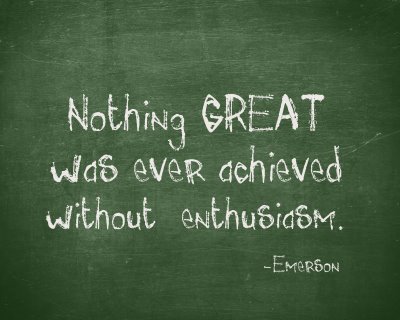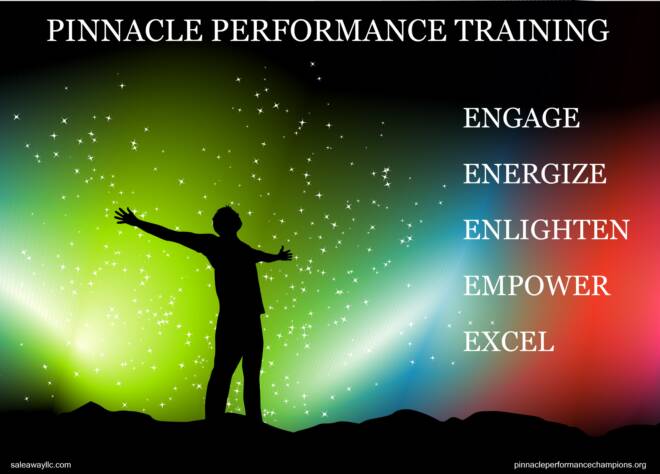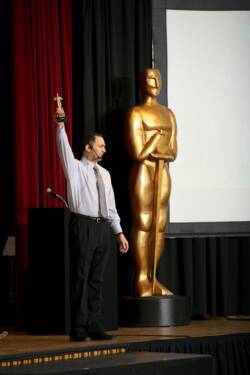How Fit Is Your Customer Service?
As is the annual tradition, countless individuals (perhaps you) have made a new year resolution to get in shape. That’s great and as I posted in 6 Resolutions for a More Successful New Year! regular exercise should definitely be part of your overall success plan. But what about your business? Have you ever considered the fitness level of your customer service effort? No, I’m not talking about some sort of employee exercise program. Rather, I’m asking if the employees that provide sales and service support to your customers are functioning at peak performance. If you haven’t given this proper consideration, you’re probably not seeing the big picture issues that could be hurting your business performance.
Just like physical fitness, there are many aspects to managing the well-being of a customer service effort. In order to reach an optimal level of customer service fitness your business must condition and strive to achieve peak performance in all of these areas.
With that in mind, ask yourself the questions below to determine your current level of customer service fitness in seven key areas. The answers will give you a clear overview of where you are succeeding and where improvements need to be made moving forward.
Are You Keeping Them In Shape?
Sales and customer service training and skills enhancements should be ongoing processes to ensure that your team is well-resourced and properly prepared to succeed. A sales organization that is not well trained often loses those precious sales opportunities, costing the businesses they represent substantial dollars in lost revenues and profits. The same is true of customer service. Without a well-trained staff, you’re not maximizing customer interactions and any deficiency in this area leaves the door open for capable competitors to take the business away from YOU! Sales and customer service are the life blood of every business. No Train, No Gain!
Perfect timing plug > Executing Results
What Is Their Attitude?
Positive attitudes are the fuel that powers a world-class customer service engine, so be honest here. Does your management and work environment contribute or detract from proper attitudes? Do your employees feel appreciated and recognized by the company? Employee dissatisfaction can dramatically affect a company’s customer service culture and, ultimately, its bottom line. If employees are feeling negative and under-appreciated, you can be assured that they will either directly or indirectly communicate this to your customers.
How Do They Sound?
This is often overlooked but, for effective customer communication, how we sound is actually more important than what we say. Along with appearance, the voices of your employees are a significant part of the first impression that a customer receives from your company. Winning teams (and the professionals in them) sound a certain way; positive, professional, upbeat. Do your employees sound that way or do they sound bored, tired and disinterested? Make some calls to your business and find out for yourself. If you’re hearing less than pleasant, cheerful voices on the line, guess what? Your customers are too!
What Do They Say?
Does your team understand how to have a true customer-focused conversation? Too often employees are me-focused and will recite the company anthem and provide product and service information like they’re reading from a catalog. Not good. After all, it’s about the customer – not you or your business. A healthy customer service effort consists of 100% customer-focus and personalized attention 100% of the time.
As Stephen R. Covey simply put it, “seek first to understand, then to be understood.” To maximize results, employees need know how effectively listen to customers and evaluate needs/wants before making recommendations.
How’s Their Emotional Engagement?
Whether face-to-face or on phone every customer/employee interaction has two elements; a functional element and an emotional element. The functional elements represent the business/transactional side of your customer interactions. The emotional elements are the people/relationship-building side. For peak customer service fitness employee/customer interactions should have proper balance between these two elements.
Although functional components are a necessary part of customer interactions, it is the emotional elements that build relationships with customers and create lasting loyalty to your business. Do your employees understand the importance of this and know how to effectively emotionally engage your customers?
Do They Have PRIDE?
As I detailed in Got PRIDE?, this Personal Responsibility In Delivering Excellence is the commitment of employees to consistently deliver excellence in your organization.
One of the leading indicators of a company’s customer service health is the application of this principle and the consistent effort of employees to perform at a high level and exceed customer expectations. Unfortunately, quite often personnel are not exceeding expectations; they are, at best, just meeting expectations.
Consumer research has shown that companies typically lose 50% of their satisfied customers and that those customers who are merely satisfied will happily leave as soon as they find a business that provides a superior experience.
Ask yourself, do your employees practice PRIDE on a day-to-day basis? Is the service you provide ordinary (like an average competitor) or do you truly exceed expectations and deliver extraordinary service that brings customers back and influences them to promote your business to others?
How Do They Manage Problems?
The true test of a business’s customer service fitness is not when things are going right – but rather what is done when things go wrong. The fact is the customer is not always right and, in many cases, employees can prove that the customer was wrong in a given situation. All too often when confronted with a customer problem, service personnel take on a defensive posture and argue against the customers’ position. This lack of empathy and understanding rarely works to create a happy, loyal customer.
The best companies recognize that, even if the customer is wrong, it is far better to agree with their feelings and concede a little now then it is to risk losing a customer for life and perhaps have that person spread the bad word of their dissatisfaction with their friends, family, co-workers, professional network, bystanders and everyone else.
Make a Great Day!
Steve 🙂
* Also on LinkedIn @ https://www.linkedin.com/pulse/how-fit-your-customer-service-steve-ferrante
—
Steve Ferrante is the Grand PooBah & Trainer of Champions of Sale Away LLC., providing Pinnacle Performance Sales, Customer Service and Winning Team Culture training, speaking and professional development services to success-driven businesses throughout North America. For detailed information visit Sale Away. Steve can be reached directly at 866-721-6086 ext. 701 or via email at steve@saleawayllc.com


















